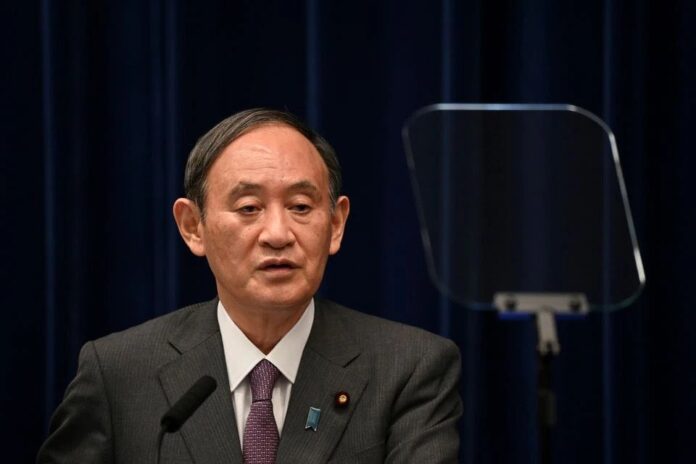TOKYO: Japanese Prime Minister Yoshihide Suga has announced he would not seek a second term as leader of the ruling Liberal Democratic Party, setting the stage for a new prime minister following a September 29 party leadership vote.
So far lawmakers such as former foreign minister Fumio Kishida, Covid-19 vaccine minister Taro Kono, and former internal minister Sanae Takaichi have expressed their ambition to run for the post.
Here are the next steps and important dates in Japan’s political calendar.
What’s next for the LDP leadership race?
- Campaigning for the LDP leadership election starts on Sept. 17. Votes are counted on September 29.
- The top contenders of the race are currently Fumio Kishida, Taro Kono and Sanae Takaichi.
- Former defense minister Shigeru Ishiba, who often ranks high in popularity polls, decided against running for the post and will throw his support behind Kono, according to local media reports.
Why does it matter?
- The winner of the LDP leadership race is expected to replace Suga as premier of Japan given the LDP’s majority in parliament.
- The new prime minister will face a Covid pandemic that shows no signs of abating and an economy beleaguered by emergency curbs in place due to the spread of coronavirus.
How does the vote work?
- There will be 766 votes up for grabs for the LDP leadership race, with the candidate who takes the majority set to become party president.
- Half of the 766 votes will be allocated to LDP lawmakers who will cast one ballot each.
- The distribution of the remaining 383 votes are determined by 1.13 million rank-and-file party members registered with the LDP. The votes cast by party members will be allocated according to a proportional representation system called the D’Hondt method.
- If no one wins the majority in the first round of voting, there will be a run-off vote between the top two candidates. 430 votes will be cast in the run-off, of which 383 lawmakers and 47 local party chapters will be allocated a ballot each.
What’s next in the political calendar after the LDP leadership race?
- Once a new LDP leader is elected, parliament will be called into session to elect the country’s next prime minister. The candidate who wins the majority of votes cast by the lower and upper houses of parliament will take the top job.
- Given the LDP’s majority in both houses, the LDP leader will likely be elected as prime minister.
- The new premier is also expected to form a new cabinet and reshuffle the LDP party executives in early Oct.
When will the next general election take place?
- The terms of the current members of the lower house of parliament run until Oct. 21, meaning a general election will be held this year.
- Prime ministers reserve the right to dissolve the lower house of parliament and call a snap election. Snap elections must take place within 40 days of the premier dissolving the lower house of parliament.
- Given that the terms of the lower house members will expire on Oct. 21, the latest that a snap general election can take place is Nov. 28. In Japan, elections are traditionally held on a Sunday.
- If the premier does not dissolve the lower house and lawmakers carry out full terms, a general election must be held within 30 days of parliament closing.
- In this case, the latest a general election will take place is Nov. 14.























